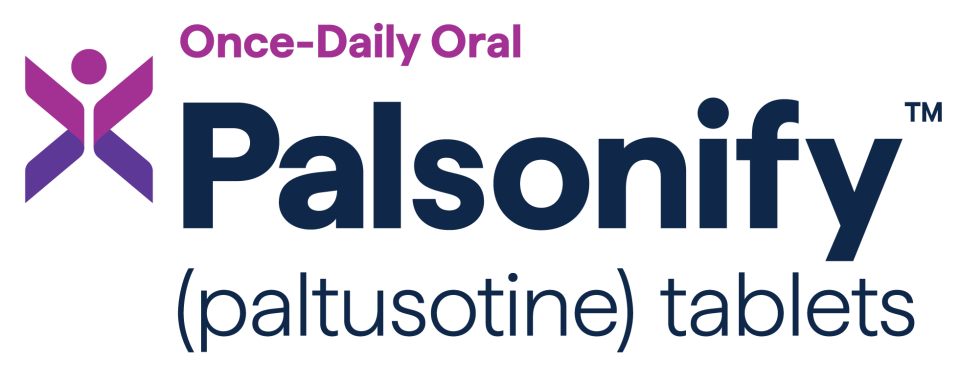ENDO is the leading meeting for endocrinology research and clinical care worldwide. During the 2021 annual congress, more than 70 live sessions will take place and another 70 sessions will be accessible on-demand. Additional information will be forthcoming.
News & Events
ENDO 2021
Transforming Endocrine Disease Treatment
Be the first to know about the advances we're making in endocrine care.

